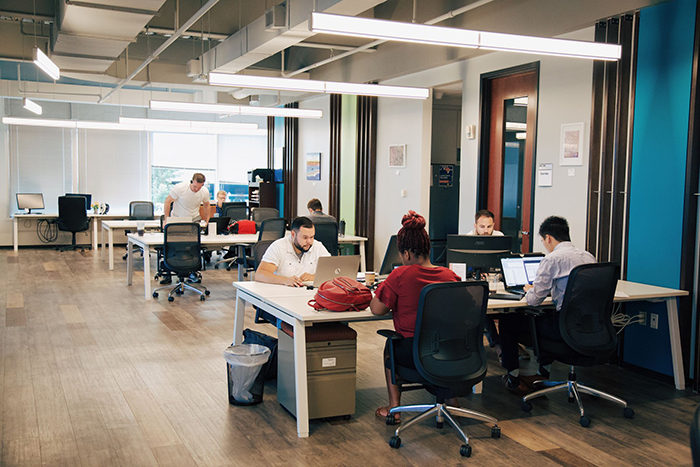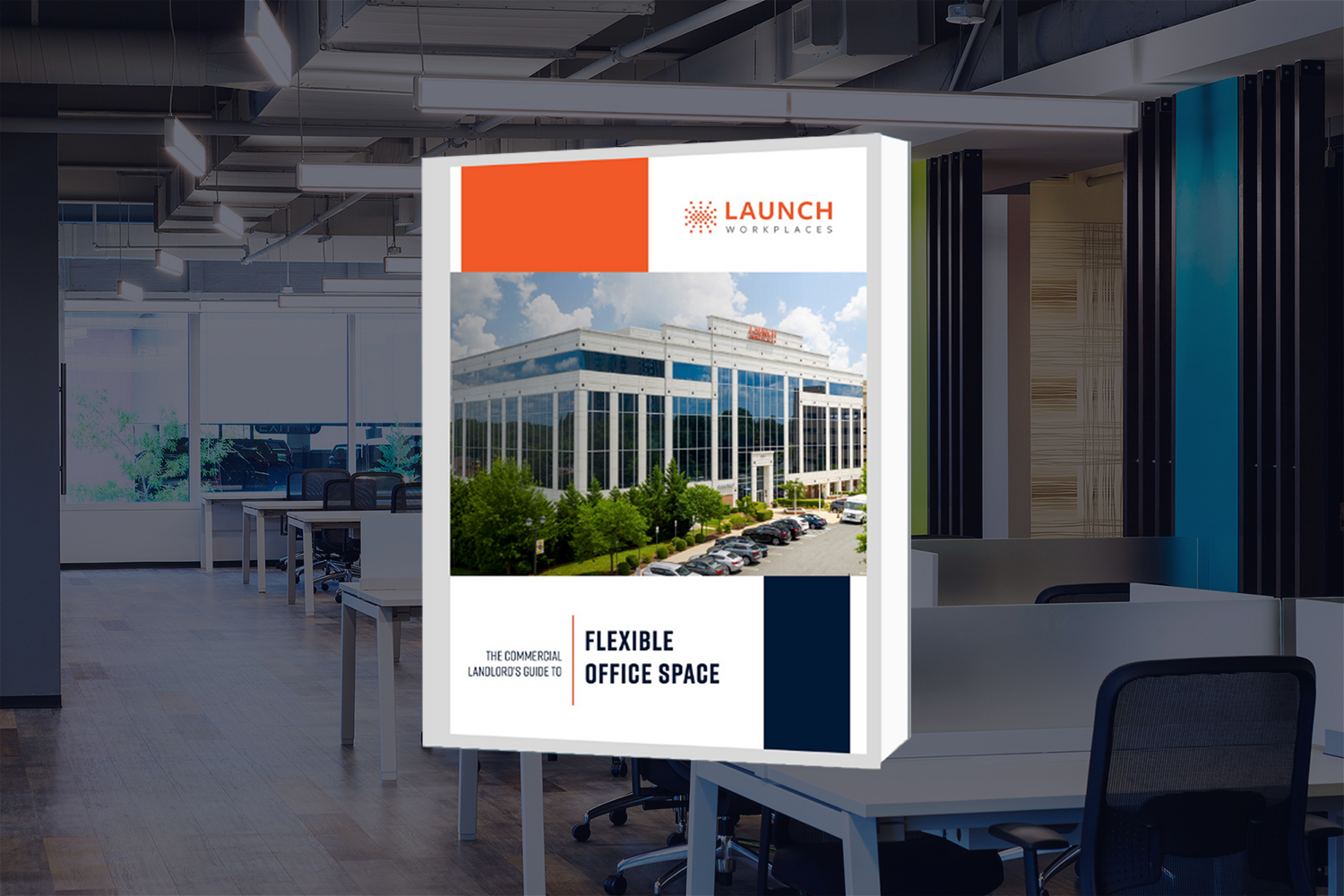There’s something undeniable happening in the flexible office space industry: lenders are slowing down the growth of coworking.
And for many people, this might cause some alarm bells to ring.
But in my opinion, the lenders’ resistance is actually the flexible office space industry’s proof-of-concept. It’s evidence that this is a movement that’s gaining momentum.
And it all comes down to their historical aversion to change.
Why Lenders Are Resisting Flexible Office Space
Here’s an interesting concept to chew on…
The lending industry is the $50 trillion giant that backs traditional real estate. So, it stands to reason that they would want what’s best for commercial building owners.
After all, why wouldn’t they want to protect their interests?
And yet, in the wake of the COVID-19 pandemic, as tens of millions of square feet of office space sit empty, the lenders are making the financing of flexible office space very difficult.
In fact, if there is coworking space in a building today, the lender may consider it vacant.
I understand that I am looking at this with blinders on, but I want to make you think.
Wouldn’t it make more sense to have coworking space in your building than just sit on empty space? If you have three empty floors and it is costing you twelve dollars per square foot just to keep the lights and heat on, shouldn’t your lender be happy that you’re trying something? The alternative is to sit with empty space in a market that is full of empty space.
And while flexible office space is still a newer concept—one that’s only just beginning to show its viability—it’s not much different from many existing business models that banks currently finance with a smile.
Wondering what I mean?
Hotels offer daily rentals and there are tons of hotels worldwide that have financing on them.
Apartment buildings also receive financing from financial institutions and many of them rely on tenants with 12-month leases.
Flexible offices lease out turnkey workspace under short-term obligations.
So, what’s the difference?
It’s not that lenders can’t do it. They just don’t want to do it.
Instead, they’re stuck in the historic model of credit-worthy tenants and ten-year leases. That’s the path of least resistance for lenders and they feel empowered because they control the capital.
But that’s an archaic mindset. Those tenants don’t want long-term, high-priced leases anymore.
And so the banks are simply failing to acknowledge the trends that are happening in the industry.

Why the Resistance of Lenders is a Good Sign for Coworking
While this all sounds daunting, I take the lenders’ resistance as a positive sign.
Why?
Uncertainty is not a lender’s friend. Change means uncertainty. Uncertainty means risk. Lenders don’t like risk and they don’t underwrite risk.
So, they’re resistant to change anything. Everyone’s fighting this “work-from-anywhere” concept because it’s easier to keep things the way they were.
But all throughout history, the right change—the change that was needed—has always had risk inherent to it.
And when you look at what’s happening in the office space industry today, there’s no doubt that this change is necessary:
- Construction costs are astronomical
- Vacancies are surging
- The projected future growth of rents is flat until 2025 because of this existing surplus
- Many existing tenants are planning to reduce their existing commercial office footprint in the future
- The cost of acquiring a tenant is exceptionally high—and on an upward trend
- As a result, building owners are being forced to give away a ton of concessions to risky tenants who could—and probably will—end up defaulting over the course of their 10-year lease
Because of these factors, landlords are asking themselves how long they’re prepared to remain in that business. They’re exploring flexible office space as one solution to these new challenges. And lenders are feeling that pressure in turn.
The most significant and impactful change is always met with resistance at first. And that’s why I believe that the lending industry’s resistance to underwriting coworking is proof that the industry is poised to skyrocket.
If you want to learn more about how to futureproof your building with flexible office space, get in touch with me today. I’d be happy to talk you through the benefits it can offer you.




